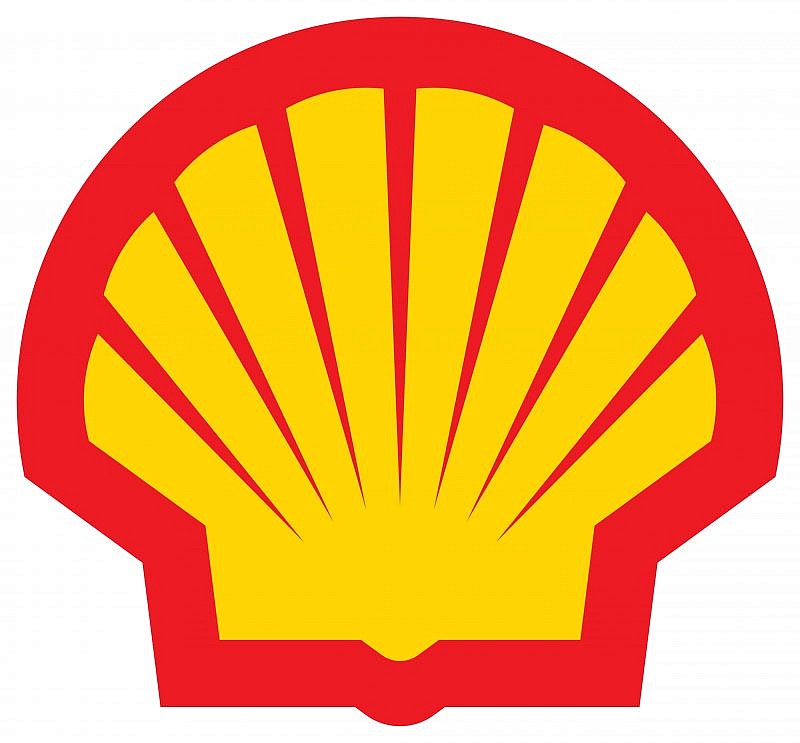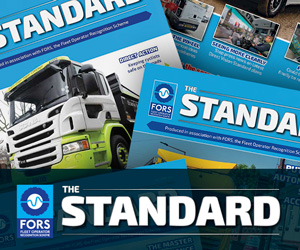
Dr Wolfgang Warnecke, Chief Scientist Mobility, Shell
No matter where in the world your fleet operates, you cannot afford to ignore the energy transition. Most countries now have ambitious plans to reduce greenhouse emissions. The EU, for instance, aims to cut its greenhouse-gas emissions by 60% before 2050, the US by 26% before 2025 and India by 33% before 20301 2 3.
Transport is responsible for 29% of global energy consumption, making it a major contributor to greenhouse emissions4. That means fleet managers and drivers will have to find ways to reduce their use of fossil fuels and cut their greenhouse emissions.
We look at different types of powertrain technology on the market — in particular battery-electric / fuel-cell electric (hydrogen fuelled), liquid natural gas (LNG) and biofuels — and consider the pros and cons of each.
BATTERY-ELECTRIC OR FUEL CELL ELECTRIC VEHICLES
From a haulier’s perspective, electric vehicles (EVs) or fuel cell electric vehicles (FCEVs) are probably the greenest of the three fuel types, with emissions as close as possible to zero — as the ‘fuel’ is based on renewable electricity.
Electric engines also have one of the highest well-to-wheel (WtW) efficiency ratings — how much of the energy in the vehicle’s fuel is actually delivered to its wheels — of any fuel type and is in the range of 60% compared to around 35- 40% for diesel (dependent on use cycle and vehicle size4.)
The range of EV commercial vehicles depends on the battery size. For some bigger vehicles, batteries can be as heavy as up to 10 tonnes (depending on range required) — a significant portion of the potential payload. In many places, the charging infrastructure commercial fleets need simply doesn’t exist today. These two factors limit both the load and range of commercial EVs.
That doesn’t mean that it’s not worth investing in electric vehicles now. For short-haul journeys — for instance, of the kind made by municipal service fleets — EVs are already the most energy-efficient option. As battery technology matures, the available range will only get better. And most major markets have committed to switching their power generation to renewables within the near future.
For long haul operations especially, fuel cells fuelled with hydrogen, are very attractive. They deliver the best range, fast refuelling and low drivetrain weight — and are almost emission free (if the hydrogen required is produced from renewable electricity). The fuel cell
works by converting the chemical energy in hydrogen, combined with oxygen, into electricity. The only waste product produced in this process is harmless water vapour.
To get the best environmental impact from this switch, and to prepare themselves commercially for the future, fleets should consider converting to EVs or FCEVs when they feasibly can, considering practicalities such as their use cases, the range of current EVs, the availability of charging infrastructure, cost and so on.
BIOFUELS AND E-FUELS
Today, plant-based biofuels are mainly used as supplements, added to conventional fuels to help fleets hit their sustainability targets. In Europe, fuel content can legally be up to 7% biofuel. The limit is intended to prevent damage to engines but also to stop competition from fuel producers driving up food prices.
Both the cap and the limited amount of raw material — including food crops — mean that today’s biofuels will never be more than one of a number of ways to marginally reduce a fleet’s greenhouse-gas emissions. But this may change in the future.
Fuel companies are developing the second generation of biofuels. Produced from non-food crops and other sources, these range from hydrotreated vegetable oil (HVO), through to advanced ethanol to advanced Bio-diesel type of fuels.
These fuels can be produced in far greater quantities than current biofuels and do not have the same negative environmental impacts. These second-generation biofuels, if we can perfect their production processes, promise abundant, green fuel which we can distribute using existing infrastructure and use in today’s vehicles.
Another possible new energy source is e-fuels. With renewably generated electricity, the fuel manufacturer uses the process of electrolysis to produce hydrogen. Next, the manufacturer takes carbon dioxide filtered from the air, and combines it with the hydrogen to generate a syn-gas, the feed for a reaction to produce ‘synthetic’ hydrocarbons, similar to those found in standard fuels.
The result is a carbon-neutral liquid fuel — with a similar energy content and consequently a similar range to today’s fuels — which could be used in existing vehicles and distributed through the infrastructure we have today. This sounds like the Holy Grail of alternative fuels. And in time, we hope, it will be. But today it’s still in early development. Current experimental e-fuels only have a well-to-wheel energy efficiency of around 12%45. This must improve before the fuels can be commercially viable.
LIQUID NATURAL GAS (LNG)
Today, if you want to cut your emissions, the easiest gas-based fuel available is probably compressed natural gas (CNG). It’s readily available, produces less greenhouse gases than most alternatives, and retooling your vehicles to use it is relatively inexpensive.
In the longer term, liquid natural gas (LNG) is likely to be both more cost effective and greener in many use cases. LNG has a very high energy density. This lets you store more energy in your tank, which helps increase range.
LNG also has the benefit of being highly efficient at delivering power to the wheels. An LNG engine can deliver 40% of overall efficiency [1]. This compares with the same range as diesel.
But there are complications. Because LNG must be kept at 161°C below zero, both storage and refuelling are more difficult than is the case with other fuels. Tanks for LNG must be double-walled, insulted and meet rigorous safety standards in countries or regions such as the EU.
If LNG is to become a viable part of the heavy-duty fleet fuel mix, fleet and fuel providers will have to invest heavily in infrastructure. They will also have to work together to train drivers on how to handle LNG safely.



